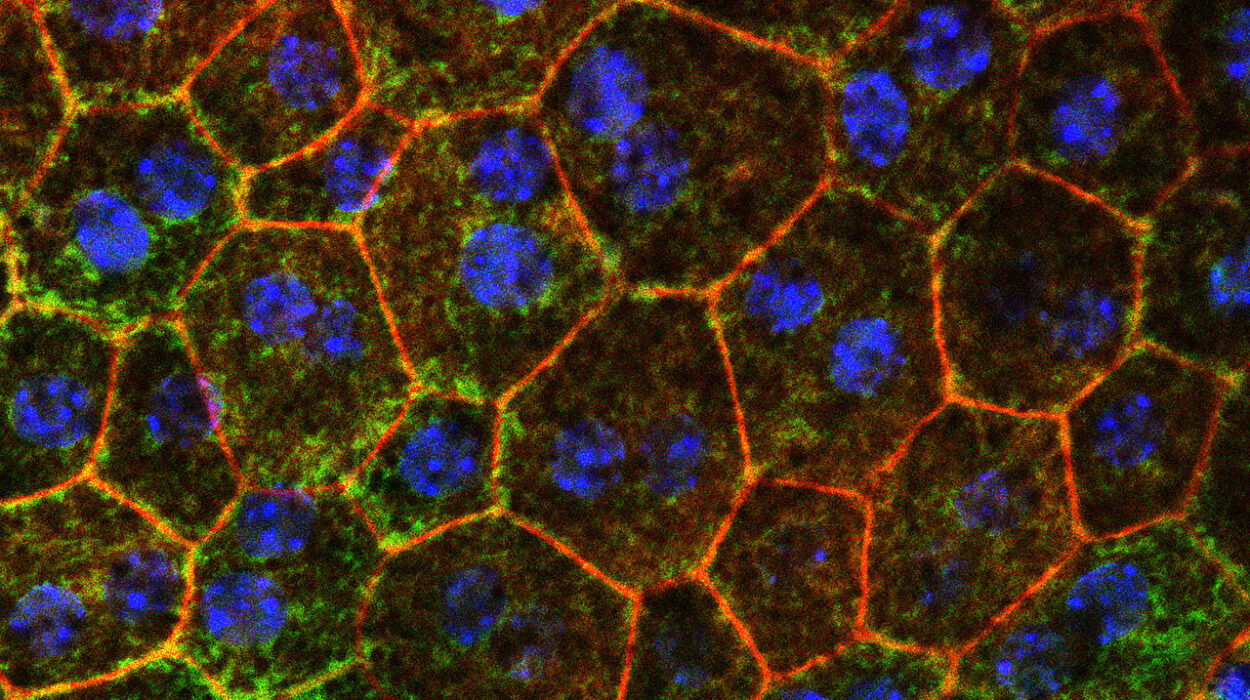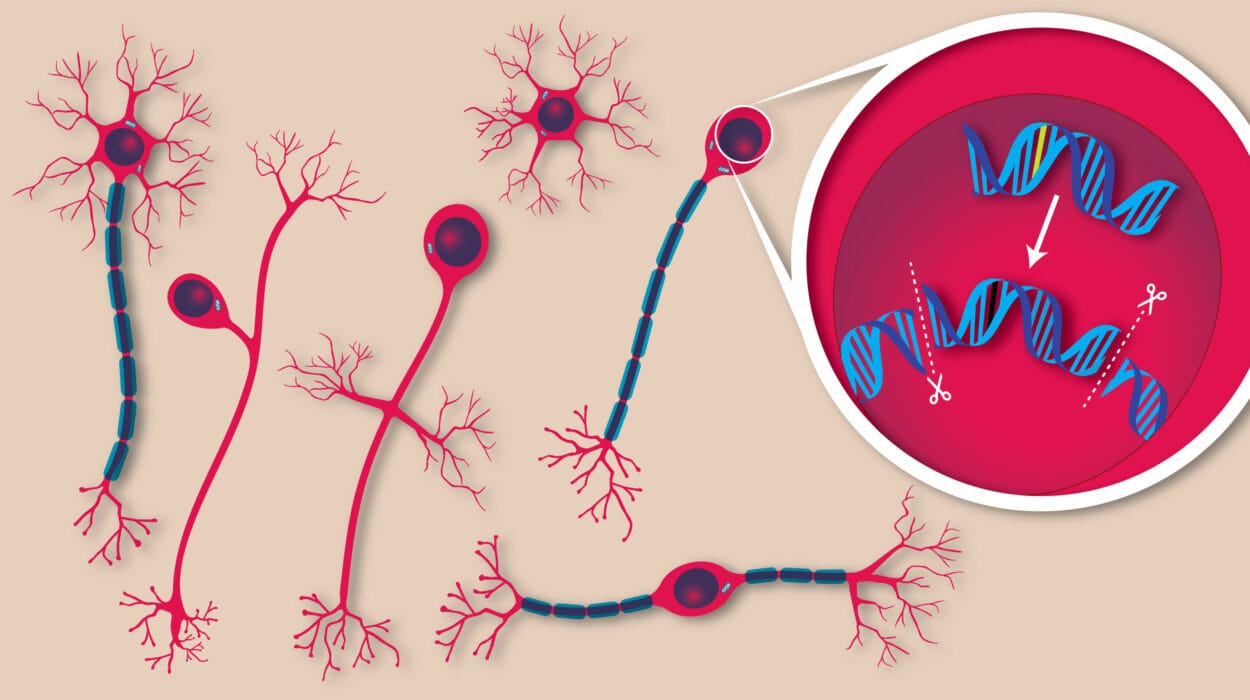Far above our heads, in the endless highways of the sky, millions of birds crisscross continents every year. They carry seeds, stories—and sometimes, viruses. One of the world’s most relentless viruses, avian influenza H5N1, has been hitching a ride on these migratory wings, quietly transforming itself into an even more formidable threat.
Although the headlines have moved on, H5N1 hasn’t. A new study published in Science Advances reveals that the virus has been stealthily reshaping its genetic identity across North and South America. Researchers warn that the bird flu’s quiet evolution may be laying the groundwork for wider outbreaks, broader host ranges, and even greater challenges to contain.
A Virus in Motion
The H5N1 strain of avian influenza is known for its devastating impact on domestic birds. Since it arrived in Canada in 2021, it has contributed to the infection—and often the mass culling—of more than 180 million poultry birds across Canada and the United States. But the virus’s ambitions don’t stop with farmyards.
A team of scientists led by Canadian researchers analyzed 2,955 viral genomes collected between 2021 and 2024 from infected domestic and wild birds in Canada. They combined this trove of new genetic data with previously published sequences to create one of the most comprehensive genetic maps of H5N1’s recent evolution.
What they discovered was a virus in motion—constantly changing, constantly adapting.
The Shape-Shifting Power of Reassortment
At the heart of H5N1’s evolutionary success lies a biological trick called “reassortment.” Imagine two different viruses invading the same bird cell. Inside, they swap genetic segments like children trading baseball cards. The result? A new viral offspring, carrying a mixed bag of genetic traits, potentially combining the worst properties of each parent.
The study found that H5N1 has been doing exactly this—intermixing its genetic material with low-pathogenicity avian influenza viruses (LPAIVs). These “milder” flu viruses usually cause less severe disease. But when their genes blend with H5N1’s, the result can be new viral strains with unexpected abilities.
Sometimes, reassortment produces a virus that can infect more types of birds. Other times, it may acquire traits that help it survive in new habitats, spread more efficiently, or even infect mammals. In the genetic arms race of viruses, reassortment is a powerful engine of innovation.
“Our data shows multiple successive reassortment events, where new genotypes keep outcompeting older ones,” the authors report. “The virus is not just persisting—it’s actively exploring new evolutionary territory.”
The Prairie Pothole: A Viral Crossroads
Among the many regions scrutinized in the study, one stood out as a hotspot of viral activity: the Prairie Pothole Region of the Great Plains. Stretching across parts of the U.S. and Canada, this landscape of shallow wetlands is a paradise for migratory birds—millions of ducks, geese, and other waterfowl gather here each year to breed, feed, and prepare for journeys spanning continents.
But the region’s ecological richness comes with a hidden cost: it’s also a perfect mixing bowl for viruses. Birds traveling along different migratory flyways converge here, carrying diverse flu strains from distant places. Close contact in wetlands creates opportunities for viruses to jump between species—and for reassortment to brew new viral variants.
The study found that several major migratory periods—May 2022, October 2022, and October 2023—coincided with spikes in viral detection and the emergence of new genotypes. It’s a clear sign that migrating birds are driving the rapid evolution and spread of H5N1 across the Americas.
A Shift from Farmyards to the Wild
Historically, avian influenza was largely a problem confined to domestic poultry. Occasionally, it spilled over into wild bird populations, but such events were rare. This has changed dramatically with the current wave of H5N1.
“The virus is increasingly circulating in wild birds, which makes it far harder to control,” the study notes.
When H5N1 infects migratory birds, it acquires wings of its own. It’s no longer restricted by fences, biosecurity measures, or national borders. Wild birds can carry it across vast distances in just days or weeks, sowing infections in new regions and bringing the virus into contact with fresh reservoirs of wildlife.
Alarmingly, the researchers also found evidence that H5N1 has begun crossing into mammals—and in some cases, back again into birds. These cross-species infections add another layer of risk, raising the specter of the virus acquiring genetic traits that could help it infect humans more easily.
An Urgent Need for Vigilance
The consequences of H5N1’s spread are not just ecological. Poultry industries face devastating losses, with entire flocks culled to prevent outbreaks. Food security can suffer. And while human infections remain rare, H5N1 has a high mortality rate in people when it does spill over.
“Mitigation of bird flu should remain a top priority,” the researchers emphasize. “Continued research is critical for understanding viral evolution, preventing future pandemics, and ensuring that control measures don’t inadvertently encourage further viral adaptation.”
Such research has practical benefits. By tracking genetic changes, scientists can anticipate which strains might pose the greatest risk. Wildlife managers and agricultural authorities can tailor their strategies to keep the virus in check. And, if necessary, updated vaccines can be developed to protect both birds and humans.
The Silent Threat in the Skies
The story of H5N1 is a reminder that nature rarely stands still. As birds follow ancient migration routes across continents, they carry with them not just songs and feathers, but microscopic stowaways reshaping their genetic identities.
Hidden beneath the surface of seemingly ordinary seasons, a viral drama unfolds. H5N1 continues to evolve—quietly but relentlessly—writing a genetic story that could influence the future of birds, ecosystems, and even humanity itself.
Reference: Anthony V. Signore et al, Spatiotemporal reconstruction of the North American A(H5N1) outbreak reveals successive lineage replacements by descendant reassortants, Science Advances (2025). DOI: 10.1126/sciadv.adu4909






